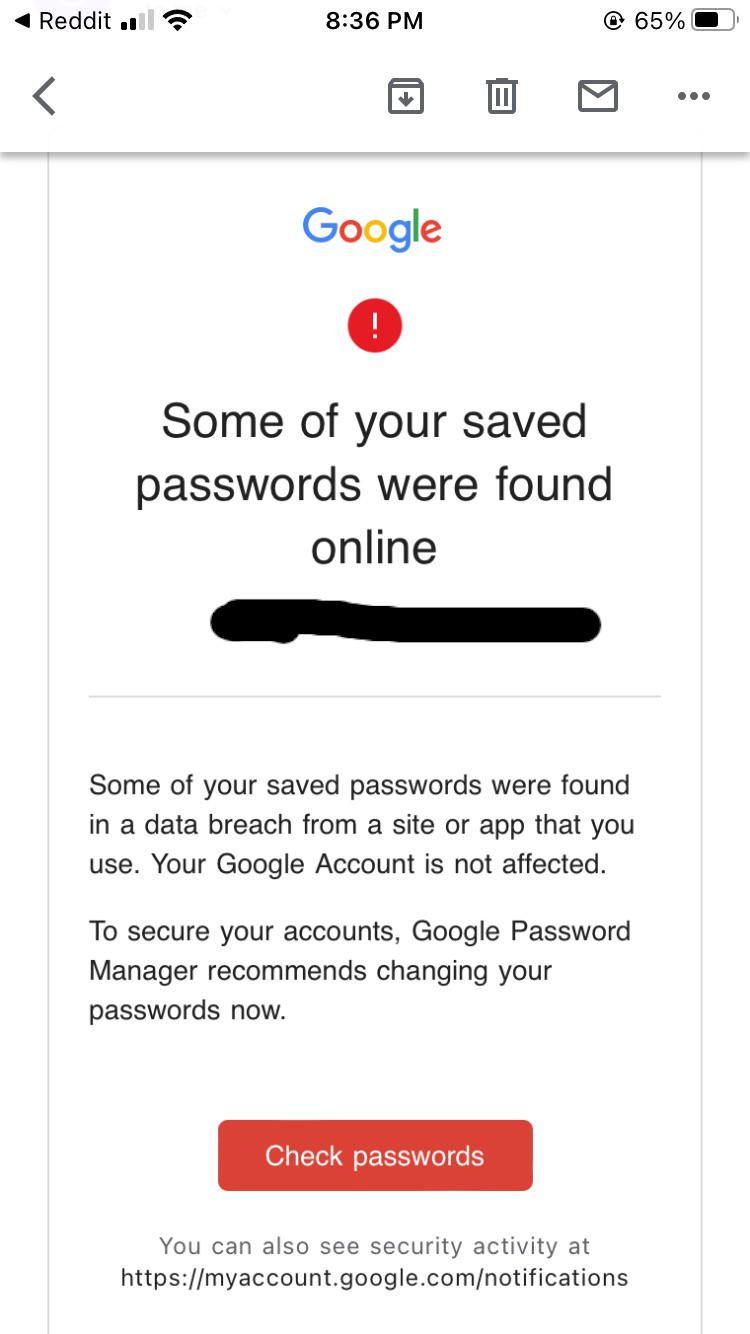
Introduction
Zero day vulnerabilities have become a focal point in discussions on cybersecurity, representing a major threat to software security and user data. A zero day vulnerability is a flaw in software that is unknown to those who should be interested in mitigating the flaw, including the vendor, and has not yet been patched. With the increasing dependency on technology in both personal and professional domains, understanding and addressing these vulnerabilities is of utmost importance.
The Current Landscape
Recent reports indicate a 28% increase in zero day attacks in the first half of 2023, primarily targeting popular operating systems and applications. Notably, the well-publicised Microsoft Exchange vulnerability, discovered earlier this year, is a stark reminder of how zero day exploits can compromise sensitive information on a massive scale. Security experts are sounding the alarm as attackers become more adept at identifying and exploiting these vulnerabilities before they can be fixed.
The implications of such vulnerabilities extend beyond the immediate damage inflicted. For businesses, a successful zero day attack can lead to significant financial losses, reputational damage, and regulatory consequences. Furthermore, personal users are increasingly at risk, with their devices becoming points of failure in larger networks.
Recent Examples
One of the most notable zero day vulnerabilities discovered this year was in Google Chrome, which was identified and patched quickly. However, the exploit was reportedly being used in targeted attacks before it was disclosed publicly. Additionally, a new strain of ransomware, “LockBit”, has been seen leveraging zero day vulnerabilities to bypass security measures and encrypt victims’ files, demonstrating how these exploits can be a gateway for more extensive cyberattacks.
Conclusion
As cyber threats evolve, so too must our preparedness and response. The increasing frequency of zero day vulnerabilities highlights the essential need for robust cybersecurity strategies. Regular software updates, informed user training, and proactive monitoring are vital steps in mitigating the risk posed by these vulnerabilities. For individuals and organisations alike, understanding zero day threats and their potential impact is more crucial than ever. Looking ahead, cybersecurity professionals stress the importance of collaborative efforts between software vendors and users to address these vulnerabilities swiftly and effectively to ensure a safer digital landscape.
You may also like

What You Need to Know About ‘The Hack’ Cybersecurity Incident

Recent Gmail Passwords Data Breach: What You Need to Know
